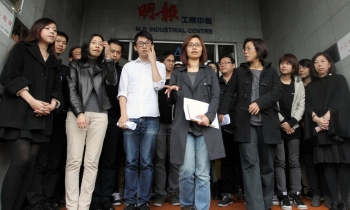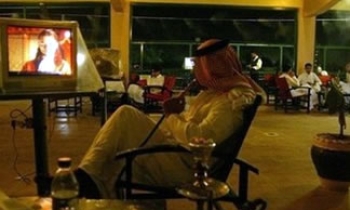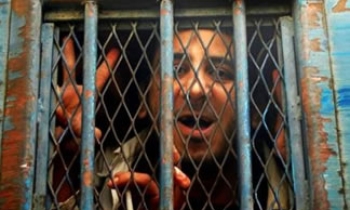Broadcasters and advertisers have joined hands to set up the Broadcast Audience Research Council , an independent body to commission market research and provide accurate TV ratings in a transparent and objective manner in India.
The Indian Broadcasting Foundation (IBF) and the Indian Society of Advertisers (ISA), the primary members of Broadcast Audience Research Council, will own equity stakes in the ratio of 60:40 per cent respectively, in the industry body that will measure TV audience.
The council will get an initial funding of Rs 30 crore from the industry, which will be shared in the ratio of 60:40 by both the broadcasters and advertisers, said Jawahar Goel, chairman of IBF. The BARC board will initially have seven members, of which four would be from IBF and three from ISA.
The details: [Link]
An eight-member technical committee, headed by the chairman of ISA would be the operating body of the Broadcast Audience Research Council, in which both IBF and ISA will have equal stakes. The technical committee would be run by a professional expert in the area of research, design and audience measurement, said Mr Punit Goenka, CEO of Zee Entertainment Ltd.
The council will not conduct audience measurement directly and instead will commission independent specialist research vendors to conduct the research according to the requirements and specific guidelines. An Audience Measurement Blueprint for such guidelines capturing key concerns, requirements and roadmap for the new measurement services is expected to be finalised soon.
Broadcast Audience Research Council is modelled on the lines of the UK's audience measurement system – Broadcasters' Audience Research Board – and will cover channels broadcasting across platforms – terrestrial, cable and satellite, DTH in analogue and digital. Emerging new platforms such as IPTV and Mobile TV would also be addressed appropriately, taking into account industry feedback and requirements.
“Being a big step, Broadcast Audience Research Council will lead to a completely new look of the audience measurement,” said Mr Uday Shankar, CEO of Star India. It will be operational in the next few months and the first set of data on audience research will take around 36 months to come out, he said.
The Indian Broadcasting Foundation has approved self regulatory guidelines and setting up complaints redressal mechanism for all non-news channels, including general entertainment, children and special interest channels. “The guidelines will usher in an efficient, transparent and independent self-regulatory mechanism that will provide the channels with certain guiding principles for content programming,” said Mr Jawahar Goel, chairman, IBF.
The redressal mechanism will be a three-tier process providing a viewer an opportunity to complain first at the broadcaster/channel level. In the event of an unsatisfactory response from the broadcaster/channel, a viewer can approach the proposed Broadcasting Content Complaints Council (BCCC) at the industry level. BCCC will have seven members including from media and diverse fields.
At the third tier, a Content Appellate Board, a body of three members chaired by a retired judge of Supreme Court or High Court would be set up, providing an opportunity for a viewer to appeal against the BCCC order.
However, the IBF guidelines will not cover the unregulated content provided by the local cable operators, masquerading as channels, Mr Goel said. The Government has to think of regulating such cable channels, which are estimated to be 17,000-20,000 across the country, he said.









